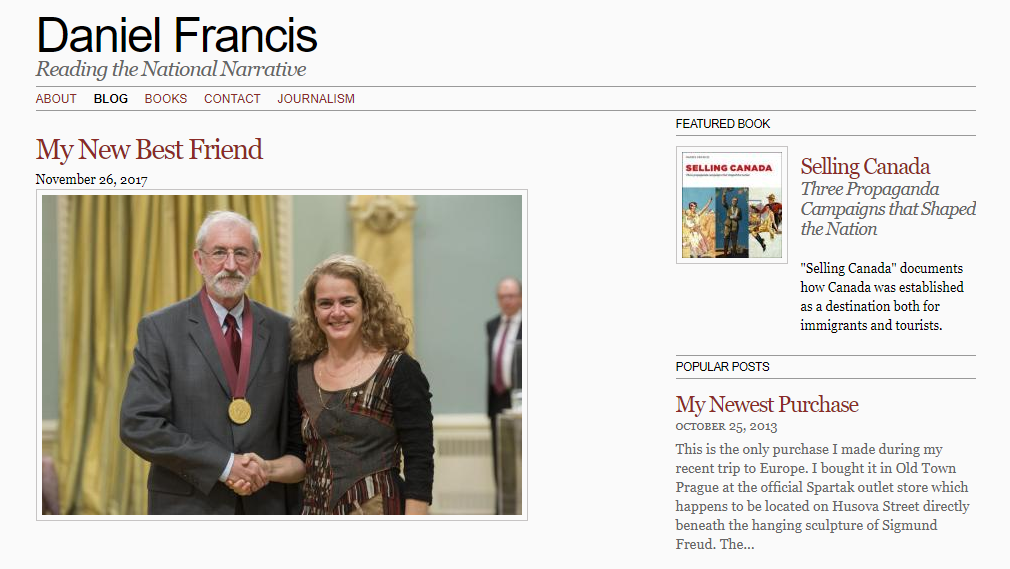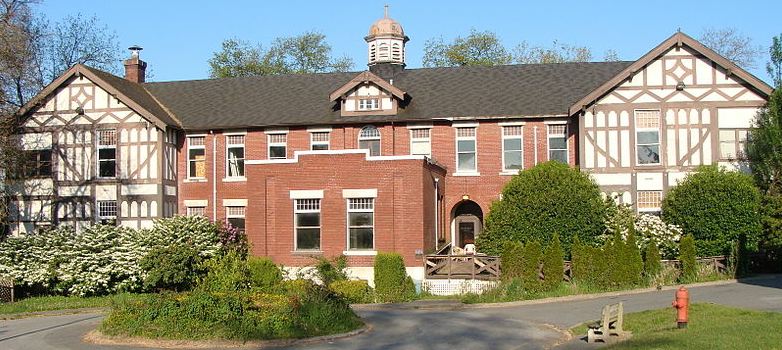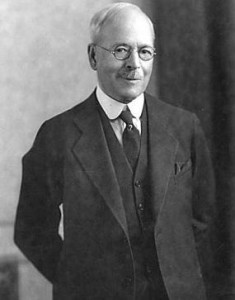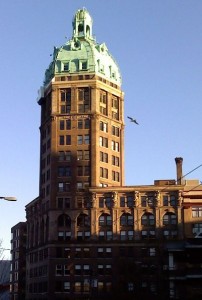It’s been a couple of years since I’ve done a roundup of my favourite history blogs. To make the list, the blog had to be written by an individual, come out fairly regularly and have a strong Vancouver flavour.
In alphabetical order:

1. Changing Vancouver
John Atkin and Andy Coupland started the blog just after their book of the same name was published in 2010. These days, Andy does most of the work on the blog with John contributing the odd photo and newspaper clipping.
What’s your Elevator Pitch? To look at the architectural history of the city using the before and after idea, but coupled with detailed research to build a comprehensive record of Vancouver.
What keeps you motivated? Interest in history and the hunt for obscure information
Favourite Post? The Ormidale Block post was recent but it solved a mystery (at least for us) that was quite satisfying.
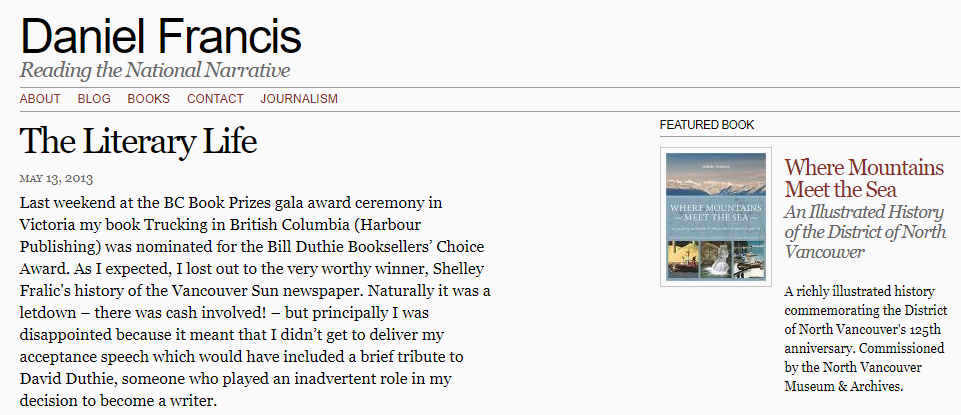
2. Daniel Francis
Dan started blogging in May 2013.
What keeps you motivated? I find it hard to keep motivated, actually. I began blogging because I thought I had lots of ideas and opinions to share about Canadian history. I wanted a space to vent. But it turns out that articulating one’s ideas and opinions is harder work than I’d thought. Perhaps in a bar you can toss off the first thing that enters your head, but on a blog, you need to be a bit more thoughtful. And that takes time.
What’s Your Elevator Pitch? I do try to add something new two or three times a month that’s provocative and amusing.
Favourite Posts? The Literary Life; A Day in Provence, Debating Sir John A
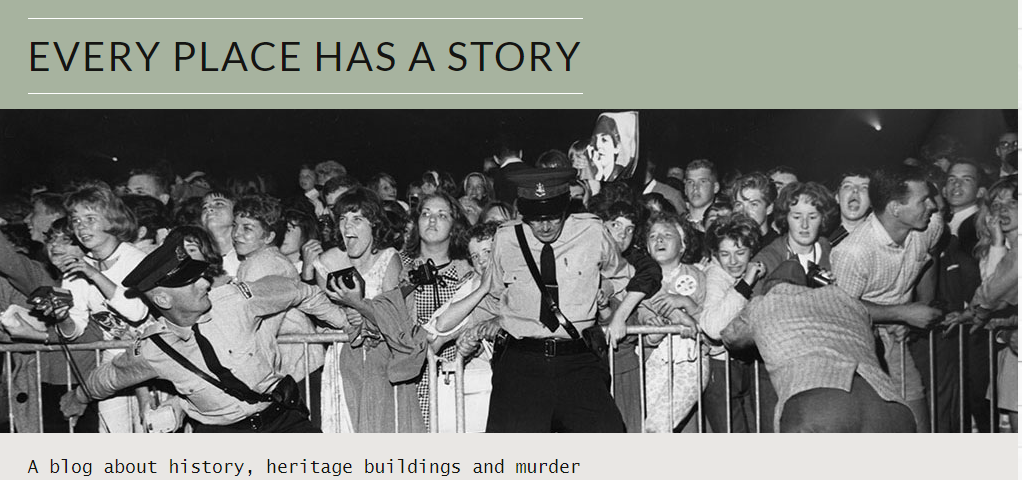
3. Every Place has a Story
Yes, this is my blog which I’ve been writing obsessively since 2010. I’m excited to tell you that it will be coming out as a fully illustrated book in the fall called Vancouver Exposed: Searching for the City’s Hidden History.
What’s your elevator pitch? My blog is an outlet for my passions of quirky local history, heritage houses and crime, and it lets me try out ideas for future books, have fun with photos, and just gives me an excuse to look up cool stuff. It also acts as a companion to my Facebook page of the same name. I’m very proud that the BC Historical Federation named it the best blog of 2015!
Favourite Post: Always the last one: The Woodward’s Christmas Windows
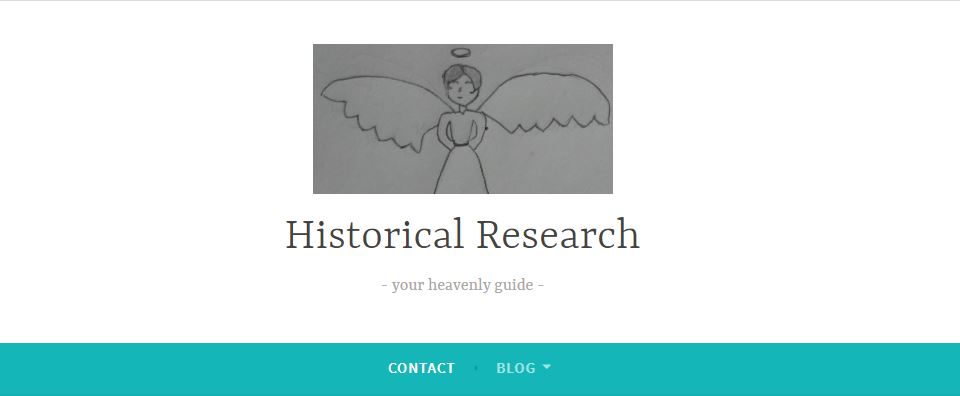
4. Historical Research
Donna Jean MacKinnon started this blog in 2018.
What keeps you motivated? My own interest in local history and in historical research and staying connected with the local historical community
What’s your Elevator Pitch? If you want to do some historical research but don’t know where to start, this blog will help guide you through some of the rarified material found in archives, little-known library sources, and other strategies for discovering information related to your project.
Favourite Post? Port Moody Passed Over in Favour of Vancouver because it is about one of my favourite research materials (directories) and also speaks to an interesting local political controversy that has reverberations to this day.

5. Janet Nicol
Janet started blogging in 2008
What keeps you motivated? Telling stories that are lost, hidden or not valued keep me motivated.
What’s your elevator pitch? I mostly post ‘teasers’ of articles I have written once they are published in print or with on-line journals. Recently my blog has expanded to include promotional events about my first book, a biography of BC artist Sybil Andrews and my own art work, some of it illustrating my stories.
Favourite post? My volunteer work with the BC Labour Heritage Centre inspired me to write Girl Strikers’ and the 1918 Vancouver Steam Laundries Dispute, published in BC Studies, Autumn 2019.
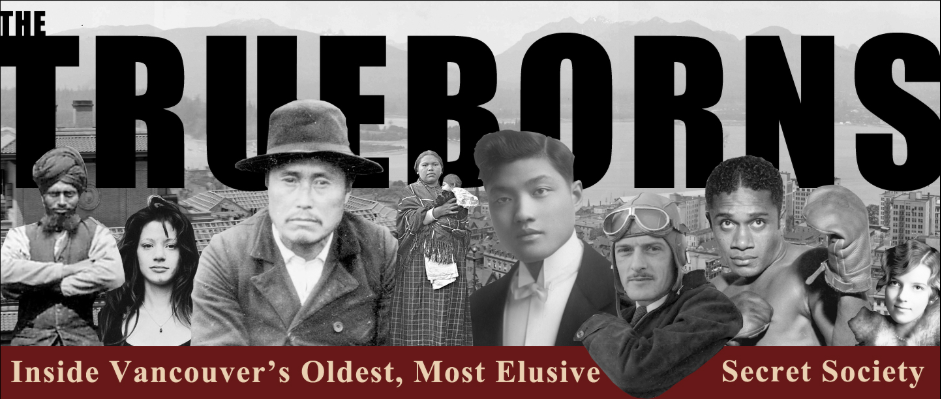
6. Trueborns
Rob Howatson wrote his first blog post in 2014.
What keeps you motivated? The thrill of finding neat stuff, like a missing time capsule at the old Sunset Community Centre or the Fraserview backyard where country music queen Loretta Lynn was discovered.
What’s your elevator pitch? Vancouver Trueborns seeks to uncover the truth about the city’s past, with extra coverage of its forgotten corner—South Vancouver.
Favourite Post? Jim Dragan is about as Trueborn as they get.

7. Vanalogue
Christine Hagemoen started her Vanalogue blog in 2013, although she has been blogging since 2004.
What keeps you motivated? Positive feedback and my own inquisitive mind.
What’s your elevator pitch? Researching and writing about local history is my passion. I love to uncover the untold or long-forgotten stories of the people and places of this region. Vanalogue is a history-themed blog that is about exploring and featuring all things “analogue” (aka historical) in Vancouver and beyond. Van (Vancouver) + analogue = vanalogue.
Favourite Posts? The bottle-dash Stucco, the sidewalk prisms and Sarah Cassell

8. WestEndVancouver
Robert Moen started his site in 2013.
What keeps you motivated? The most gratifying aspect of this blog is when someone finds out information that they were not able to discover anywhere else. Some people have been able to locate relatives; others have discovered family information that they had not heard about before. Other people are interested in architecture.
What’s your Elevator Pitch? This site is primarily about the history of the West End in Vancouver starting in the late 1800s and running to about 1920. It deals mostly with the West of Denman area, from Denman Street on the east to Stanley Park on the west, and from Coal Harbour on the north to English Bay on the south.
Favourite post? The Horse Show Building
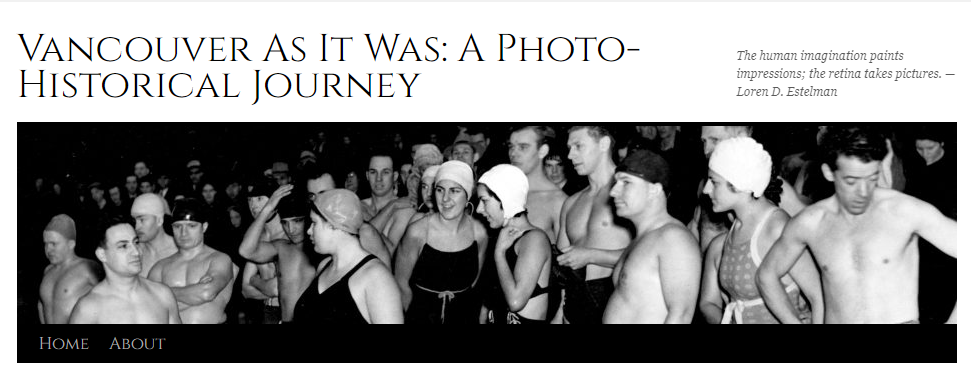
9. Vancouver as it was: A Photo Historical Journey
Murray Maisey started blogging in 2014.
What keeps you motivated? For me, motivation comes from photographs. I find that when I hit a dry patch, I’m recharged by looking at CVA’s or VPL’s photos.
What’s your Elevator Pitch? VAIW is a post focussed on photographs taken of Vancouver in the past. The text seeks to tell something of the stories of people who are central to those photos. I always try to offer at least a little info that isn’t available elsewhere online so that I can add historical value with each post.
Favourite Post? If I was asked to choose one post (of the 537 posted to date), I’d pick this two-parter: MIA: The Loss of a 20-Foot Painting (Rolph Blakstad)
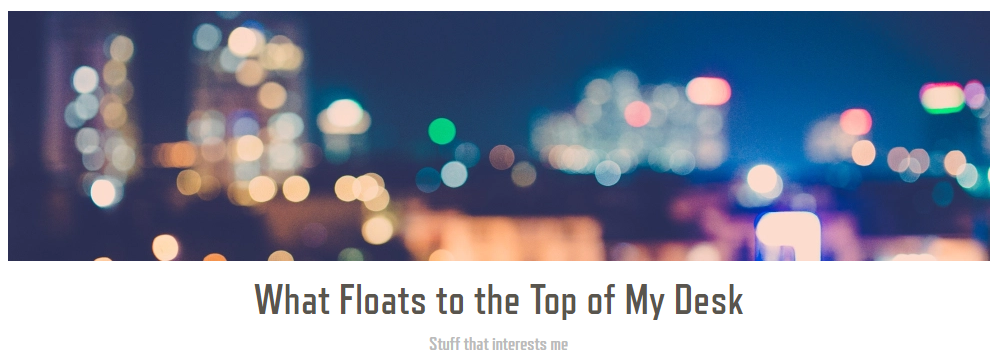
10. What Floats to the Top of my Desk
John Atkin started his blog in 2012. He says it’s “an occasional blog of bits and pieces that didn’t fit anywhere else, and it was a place for some original research that was of interest to me.”
What keeps you motivated? Curiosity about everything. I have my note book filled with jottings, clippings and antidotes which are sitting there waiting—I call it my book of perpetual research.
What’s your elevator pitch? If it’s of interest to me, it might be of interest to you
Favourite Post? One of the more popular posts was the fireworks post about why Halloween fireworks were only allowed in BC and Nova Scotia. My favourites are the Shanghai Alley posts and figuring out the true history of the Alley and the Squirrel post which solved the mystery of how Vancouver got those critters.
If you are in need of a little more history in your holidays, try these posts from the last few years:
The top 10 History Blogs for 2017
The top 10 Facebook Group Pages for 2016
The Top 10 Facebook History Pages for 2015
Have I missed your favourite Vancouver history blogger? Leave me a comment and I’ll make sure to check them out. And, thanks for following my blog!
© All rights reserved. Unless otherwise indicated, all blog content copyright Eve Lazarus.





